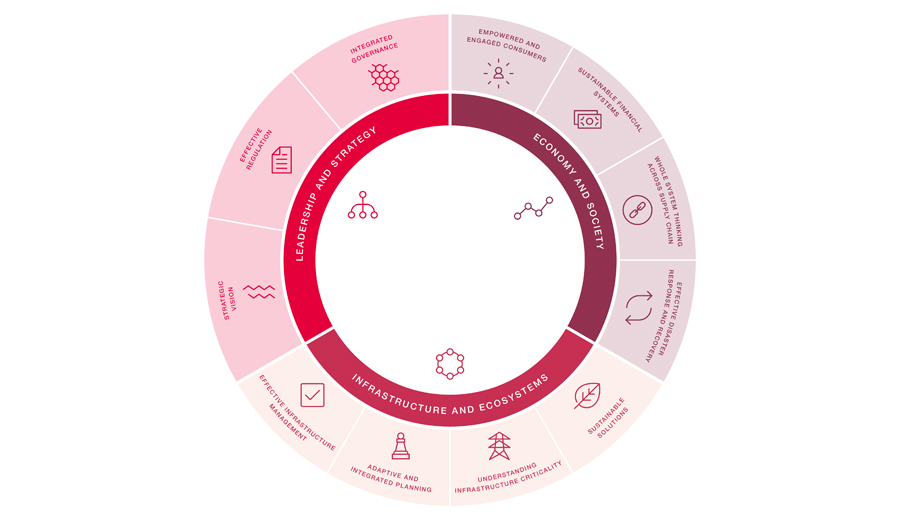The broad framework facilitates evaluation of system resilience not only by considering the physical assets, but also by acknowledging the equal importance of other non-technical factors such as leadership, policies, institution and human factors.
It has been designed to frame resilience evaluation by any decision maker in the energy value chain across the world; governments, regulators, investors, generators, customers, owners, transmission and distribution companies. Its flexibility and range mean it can be applied to different scales of energy system and can also be used for components of these systems, including generation assets or regulations.
Alan Thomson, Arup's Global Energy Systems Leader explained "We live in an interconnected world and depend on reliable energy provision to perform everyday activities from commuting to work and switching lights on, to keeping data servers running and water supplies flowing. Faced with increasingly unpredictable climactic events, weather systems and a growing reliance on digitalisation, resilient energy provision has never been so critical. We have designed the framework to help our clients challenge their resilience plans, enabling energy systems to reliably meet our energy needs in the face of an increasingly complex stressor landscape."
 Sarah Wright
UKIMEA Press Office,London
Sarah Wright
UKIMEA Press Office,London

